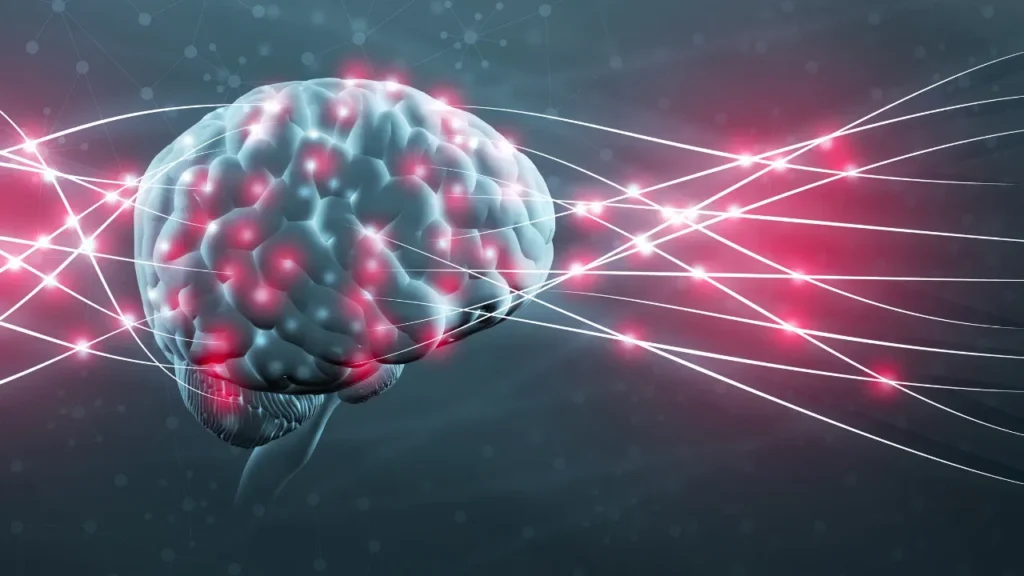A nootropic supplement called phenylpiracetam, sometimes referred to as phenotropil, is known for its ability to improve alertness, focus, and cognition. It is a derivative of the 1960s-era nootropic substance called piracetam. Phenylpiracetam belongs to the same family of substances and racetams as piracetam. However, it differs from piracetam and other racetams due to its distinctive chemical composition. This article will examine the nature of phenylpiracetam, its health advantages, the recommended dosage, any side effects, possible drug interactions, and the responsible use of this nootropic supplement for those who are looking to improve alertness, focus, and cognition.
You May Also Like:
Dr Emil Nutrition Lion’s Mane Reviewed: A Leading Nootropic Mushroom Product
Phenylpiracetam: Benefits, Dosage, Side Effects, Drug Interactions, And Other Important Information is an original (NootropicsPlanet) article.
Nature of Phenylpiracetam
The synthetic nootropic substance called phenylpiracetam was created in Russia in the 1980s. It belongs to the racetam family of nootropics and shares a molecular structure with other substances from this group. Phenylpiracetam, however, differs from other racetams due to its distinctive chemical structure, which also offers it unique features and effects on the body and brain.
Health Benefits of Phenylpiracetam
The ability of phenylpiracetam to improve alertness, focus, and cognition is well researched. It has been demonstrated to enhance memory, learning, and mental function in both cognitively sound individuals and those who are not. Additionally, it has been demonstrated to have neuro-protective properties, which can aid in halting age-related cognitive deterioration.
Numerous medical diseases, such as ADHD, Alzheimer’s disease, and Parkinson’s disease, have been treated using phenylpiracetam. It has also been used to treat depression and anxiety.

Chemistry of Phenylpiracetam
Phenylpiracetam is a nootropic substance made from piracetam. Its special chemical composition includes a pyrrolidone nucleus connected to a phenyl group. This phenyl group makes phenylpiracetam more lipophilic than piracetam, which increases its solubility in lipids and facilitates its passage through the blood-brain barrier.
Phenylpiracetam has the molecular weight of 218.25 g/mol and the chemical formula C12H14N2O2. At room temperature, it dissolves in water at a rate of 30 mg/mL and has a melting point between 149 and 152 °C. Figure 1 depicts the phenylpiracetam chemical structure.
Physiological Properties of Phenylpiracetam
By elevating the amounts of neurotransmitters in the brain such as acetylcholine, dopamine, and norepinephrine, phenylpiracetam is hypothesized to improve cognitive performance. Additionally, it increases the number of dopamine receptors in the brain, which improves the brain’s receptivity to dopamine.
Phenylpiracetam has been demonstrated in studies to enhance cognitive function in both healthy and cognitively impaired individuals. Additionally, it has been demonstrated to have neuro-protective properties, which can halt age-related cognitive deterioration.

Optimal Dosage of Phenylpiracetam
The ideal phenylpiracetam dosage depends on the patient’s weight, age, and level of tolerance. The suggested dosage range, however, is 100–300 mg daily, split into two or three doses.
It is crucial to remember that phenylpiracetam is a strong nootropic supplement and that it should only be used under strict supervision. It is advised that patients begin with a modest dose and gradually increase it as necessary.
Side Effects of Phenylpiracetam
There is generally little danger of negative effects with phenylpiracetam. However, a few individuals can develop minor side effects like sleeplessness, nausea, and headaches. Usually transient, these side effects can be controlled by either lowering the dosage or stopping use altogether.
It is significant to note that phenylpiracetam’s side effects, such as anxiety, agitation, and elevated blood pressure, might become more severe at higher doses. As a result, it is critical to use phenylpiracetam sensibly and within the prescribed dosage range.

Potential Substance Interactions with Phenylpiracetam
When used alone or in combination with other nootropic substances, phenylpiracetam is often safe. When using phenylpiracetam with other drugs or supplements, it is crucial to be aware of any drug interactions.
The risk of negative effects can be increased if phenylpiracetam is taken with MAO inhibitors or stimulants like caffeine or amphetamines. Additionally, it is critical to exercise caution when combining phenylpiracetam with other supplements or medications that have an impact on the cardiovascular system, as doing so increases the risk of negative cardiovascular consequences including high blood pressure.
Best Responsible Use of Phenylpiracetam
The best way to use phenylpiracetam responsibly is to start with a low dose and gradually increase it as necessary. Phenylpiracetam should be used in line with the specified dosage range, and the maximum daily dose should never be exceeded.
It is crucial to remember that phenylpiracetam should not be used in place of good lifestyle practices including consistent exercise, a balanced diet, and getting enough sleep. Instead, it should be used as a supplement to these healthy living practices to improve cognitive performance.
Phenylpiracetam:
Conclusion
Phenylpiracetam (also known as phenotropil) belongs to the racetam family, with a phenyl group modification added to its structure. This nootropic compound exhibits intriguing properties, making it a subject of interest for cognitive enhancement and physical performance. Remember to consult a healthcare professional before using any supplements, especially those with potential cognitive effects like phenylpiracetam.

References:
- Design and study of piracetam-like nootropics, controversial members of the problematic class of cognition-enhancing drugs. Link: https://www.ncbi.nlm.nih.gov/pubmed/11812254
- Chemical and pharmacological aspects of the nootropic agent phenotropil. Link: https://link.springer.com/article/10.1007/s11094-015-1245-5
- Anxiolytic activity of endogenous enkephalins and enkephalin-containing oligopeptides after nootropic treatment in emotionally unstable rats. Link: https://www.sciencedirect.com/topics/pharmacology-toxicology-and-pharmaceutical-science/enkephalin
Important Note: The information contained in this article is for general informational purposes only, and should not be construed as health or medical advice, nor is it intended to diagnose, prevent, treat, or cure any disease or health condition. Before embarking on any diet, fitness regimen, or program of nutritional supplementation, it is advisable to consult your healthcare professional in order to determine its safety and probable efficacy in terms of your individual state of health.
Regarding Nutritional Supplements Or Other Non-Prescription Health Products: If any nutritional supplements or other non-prescription health products are mentioned in the foregoing article, any claims or statements made about them have not been evaluated by the U.S. Food and Drug Administration, and such nutritional supplements or other health products are not intended to diagnose, treat, cure, or prevent any disease.


